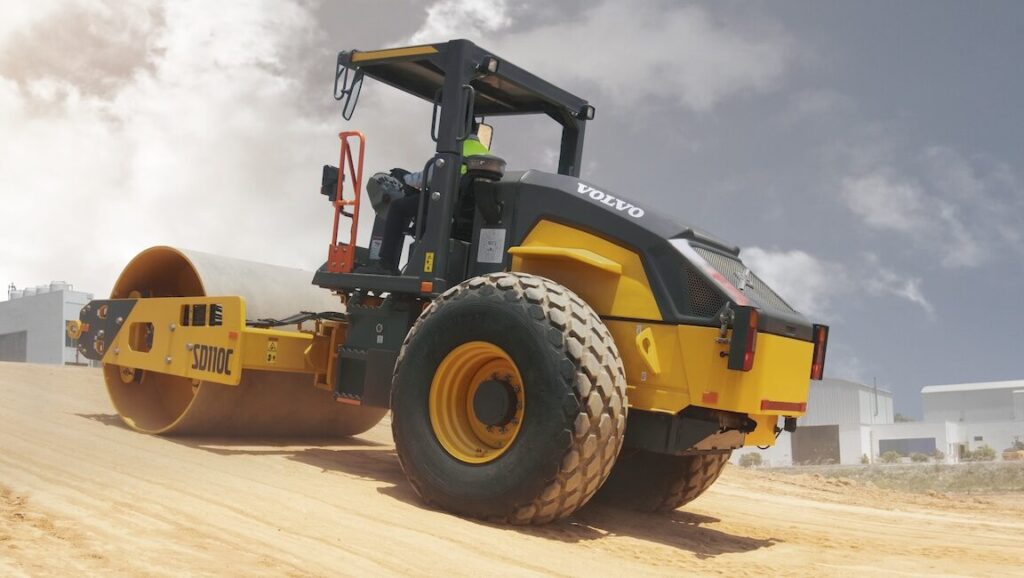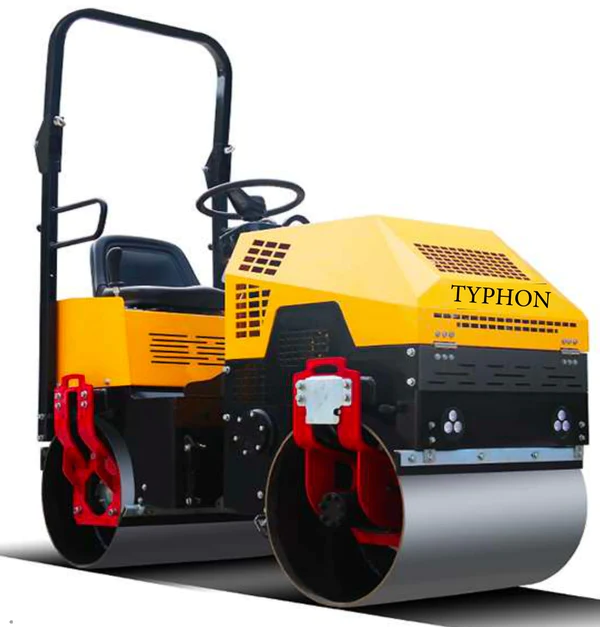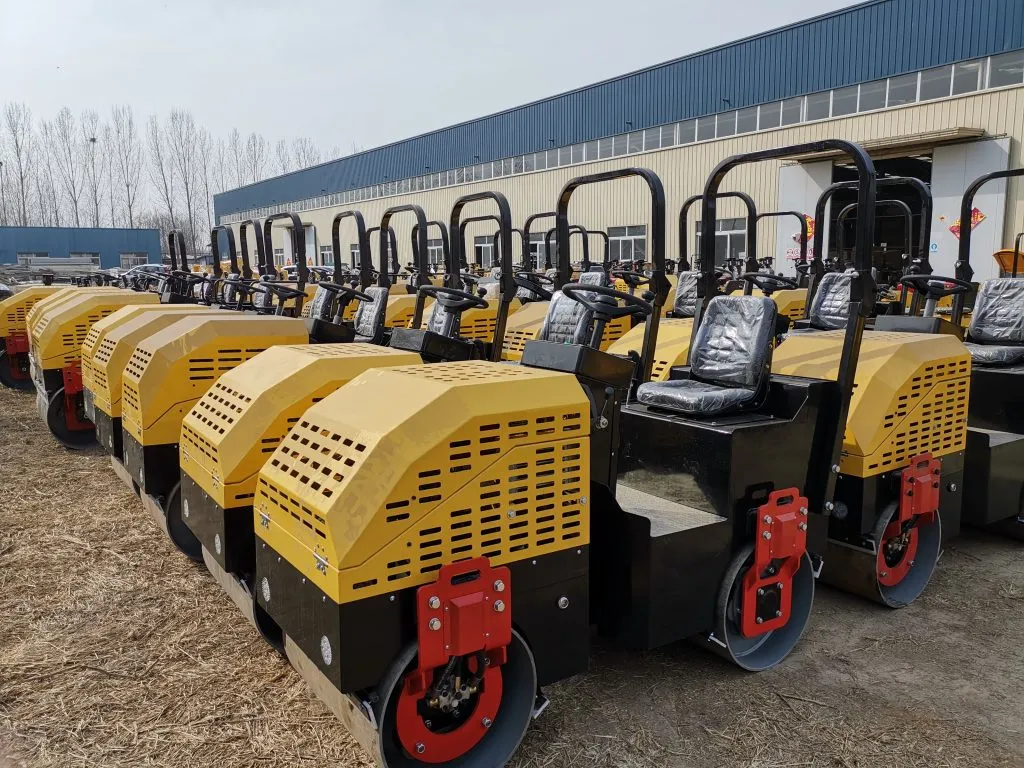In industries ranging from pharmaceuticals to construction, the importance of compaction cannot be overstated. Effective compaction is critical for ensuring the quality, durability, and safety of numerous products and structures. However, achieving optimal compaction performance isn’t solely about using advanced machinery; it significantly depends on the proficiency of the operators handling these machines. This blog post explores how operator training impacts compaction performance across various sectors, providing actionable insights for improving outcomes.
Train for Success
Operator training is the cornerstone of successful compaction. Whether it’s soil for a construction project or powders in pharmaceutical manufacturing, the operator’s expertise directly influences the final product quality. Comprehensive training programs should encompass the following key elements:
- Understanding Material Properties: Operators must be well-versed in the characteristics of the materials they are compacting. For example, soil type, moisture content, and powder granularity can all affect compaction behavior.
- Safety Protocols: Proper training ensures that operators adhere to safety guidelines, minimizing the risk of accidents and equipment damage.
- Efficiency Techniques: Training should focus on techniques that enhance efficiency, such as optimizing the number of passes and selecting the appropriate equipment settings.
Train for Optimized Machine Use
Even the most advanced compaction equipment can underperform if not used correctly. Operator training programs should emphasize:
- Machine Familiarity: Operators should be thoroughly familiar with the machinery they use, including its capabilities and limitations.
- Maintenance Knowledge: Regular maintenance is crucial for machine performance. Training should cover routine checks and basic troubleshooting to prevent downtime.
- Operational Best Practices: Operators need to learn best practices for machine operation, such as avoiding overloading and maintaining consistent speed.
Train on Technology to Simplify Operations
Modern compaction equipment often comes with sophisticated technology designed to simplify operations and enhance performance. Training programs should include:
- Tech Integration: Operators must understand how to integrate new technologies with traditional methods to maximize efficiency.
- Software Proficiency: Many machines come with software for monitoring performance metrics. Training should ensure operators can effectively use these tools to make data-driven decisions.
- Adaptability: As technology evolves, operators should be trained to adapt to new advancements, ensuring continuous improvement in compaction performance.
Learn More: Vibratory Rollers: Significance, Types, Working, Advantages and Disadvantages
Set The Stage
Setting the stage for optimal compaction involves several preparatory steps that operators must be trained to execute effectively:
- Site Preparation: Ensuring the site is properly prepared before compaction begins can make a significant difference in the outcome. This includes clearing debris and leveling the ground.
- Equipment Setup: Operators should be trained to set up equipment correctly, including calibrating sensors and adjusting settings based on material properties.
Maintain Proper Speed
Maintaining the proper speed during compaction is crucial for achieving uniform density. Training should cover:
- Speed Consistency: Operators must learn to maintain a consistent speed to avoid creating weak spots or over-compacted areas.
- Speed Adjustments: Training should also cover how to adjust speed based on site conditions and material properties, ensuring optimal compaction throughout the process.
Monitor Mat Temperature
In industries like road construction, monitoring mat temperature is essential for effective compaction. Training programs should teach operators:
- Temperature Sensitivity: Understanding how temperature affects compaction and the final product.
- Real-Time Monitoring: Using sensors and other tools to monitor temperature in real-time and make necessary adjustments.
Determine When to Use Vibratory and Static Modes
Different situations call for different compaction modes. Training should include:
- Mode Selection: Teaching operators when to use vibratory versus static modes based on material type and compaction requirements.
- Mode Switching: Training operators to switch between modes seamlessly to adapt to changing conditions on the fly.
Select the Right Amplitude
Amplitude selection is another critical factor in compaction performance. Training should focus on:
- Amplitude Understanding: Educating operators on how different amplitudes affect compaction and material behavior.
- Amplitude Adjustment: Training on how to adjust amplitude settings based on real-time feedback and material characteristics.
Learn More: Roller Compactors with Spikes Benefits: Boosting Efficiency
Avoid Sharp Turns or Sudden Speed Changes
Sharp turns and sudden speed changes can negatively impact compaction quality. Training should cover:
- Smooth Operations: Teaching operators to make smooth turns and maintain steady speeds to ensure uniform compaction.
- Risk Mitigation: Highlighting the risks associated with sharp turns and sudden speed changes, and how to avoid them.
Conclusion
Effective operator training is a critical component of achieving optimal compaction performance across various industries. By focusing on comprehensive training programs that cover machine use, technology integration, and operational best practices, organizations can significantly improve their compaction outcomes. Investing in operator training not only enhances efficiency and product quality but also ensures safety and long-term success.
For those in the pharmaceutical, construction, chemical, agricultural, environmental management, material handling, powder processing, and academic sectors, understanding and implementing these training principles can make a substantial difference. Start training your operators today for a more efficient, safer, and higher-quality compaction process.





